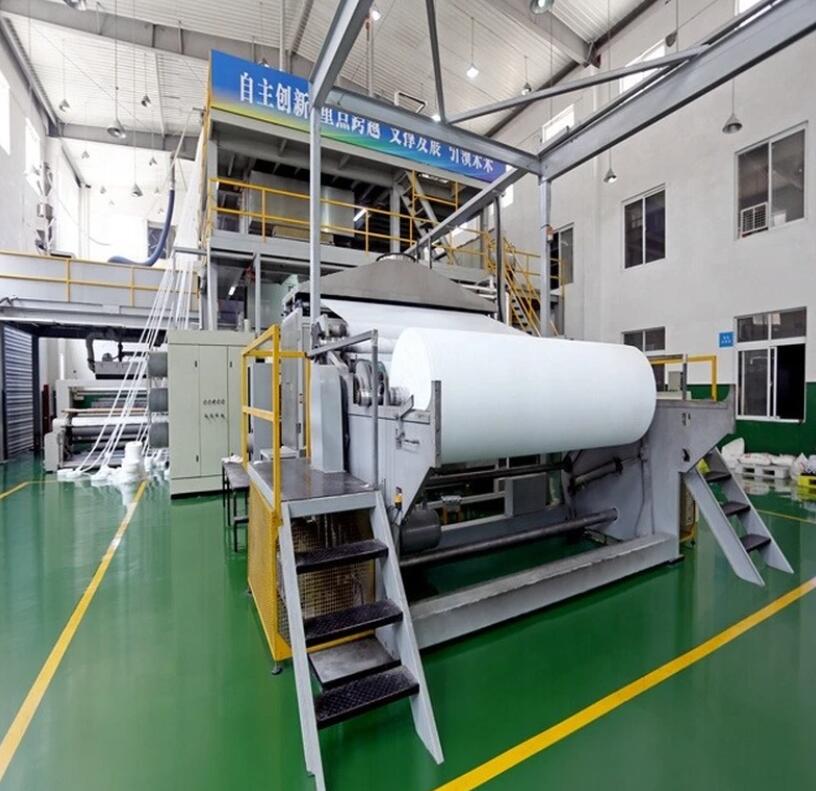Chemical substances exist in all links of textile processing. This post will guide you through the production methods from fiber to finished clothing, and let you know the types of chemicals used. Well, referring to the textile, we must know basic things about it. For example, what common methods of making fabrics no matter wovens and non-woven fabric? What machines could be used for textile manufacturing? Or even right ways to print on fabrics, etc. Following the above questions, we will give you detailed information about textiles.
Fiber Manufacture And Output
All textiles are composed of fibers, which are arranged in different ways to produce the required strength, durability, appearance and texture. These fibers can come from countless sources, but can be divided into four categories. Except silk, the fiber length of natural fiber is relatively short, in centimeter. On the other hand, the fiber length (filament) of silk and man-made fiber is very long, ranging from hundreds of meters to kilometers. Now let us introduce the fibers we already know below.
Animal fiber
This is composed of protein. Wool and silk are the most commonly used fibers in this group, however wool may come from many different animals. In order to make animals grow faster and produce more wool, people use pesticides and insecticides to prevent diseases.
Plant fibers
It is composed of cellulose materials, usually from cotton, flax, hemp or bamboo, but any plant containing extractable cellulose can be used more or less.
Artificial fibers
It’s such as rayon or lyocell, are based on cellulose raw materials, usually from wood pulp. Before spinning new fibers, they undergo a lot of chemical treatment.

How To Produce Fabrics?
The core of textile manufacturing is fabric production. Fabrics can be made in many different ways, the most common of which is weaving, knitting or through the production of non-woven fabrics. In order to prevent yarn breakage in these processes, it is necessary to strengthen the yarn and reduce friction as well. Now we will introduce the textile machines with .
How textile machinery work?
Normally, we use textile machinery to manufacture and process fabrics, textiles and other woven and nonwoven materials. They are used in spinning, weaving, warping and dyeing processes. Especially, textile equipment can be used for manufacturing, dyeing and finishing materials such as fiber, yarn and polypropylene. Certainly, they are also for extrusion of nonwovens, synthetic fibers and various plastics.
Textile machines include many devices
A sophisticated and complete textile machine includes many devices. Only when these devices are perfectly combined can the production and processing of fabrics be truly realized. Let’s learn about the specific main10 devices
- Baler
- Draw Frame
- Fabric cutter
- Dyer
- Dryer
- Calenders
- Padres
- Extruder
- Conveyor
- Die press
Technology For Fabric Printing And Dyeing
Use hazardous chemicals and dyes during printing or dyeing. Dyes used for dyeing can also be used for printing, but they must go through the same fixing and washing steps as the dyeing process. The most common method of full-width printing of fabrics is to use pigment printing, in which the pigment is adhered to the surface using polymeric resin or adhesive.
Speaking of fabric printing, it is the basic method for classification of printing methods to divide fabric printing methods into analog printing methods and digital printing methods. Next, we will try to explain different methods and their characteristics.
Digital printing
Just like digital printing on paper, digital printing on textile and fabric allows you to print once without initial cost. There is the example as printing screens. In short, digital printing on fabrics is similar to household inkjet printers. Actually, this method of fabric printing has no restrictions on the project itself. You can print any pattern on the fabric without being limited by the number of colors or the tone transition between colors.
Screen printing
Screen printing is a similar method of fabric printing. Meanwhile, it includes printing by pressing paint through a printing screen. (E.g., made of steel frame and nylon mesh). We may consider to perform this operation manually.